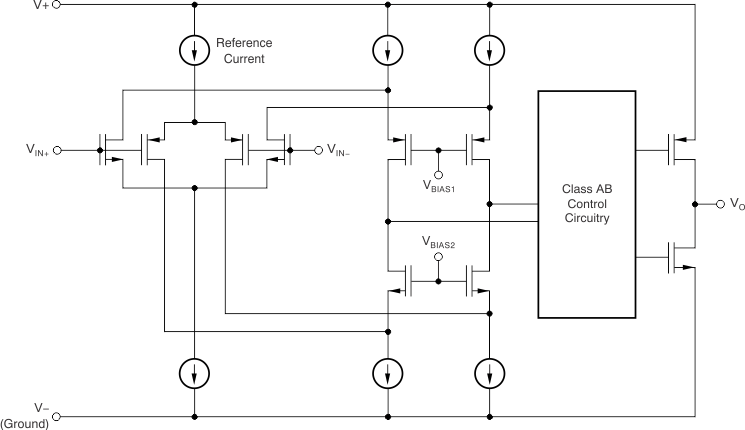Other Parts Discussed in Thread: TLV9002, OPA2322
Hello,
I would like to confirm output configuration of OPA2196.
I'm looking for device which can reduce crossover distortion.
In general, TI release "zero-crossover" product so I should choose device from these lineup.
However, current "zero-crossover" devices only support up 5.5V as supply voltage.
I would like to use 10V(+/-5V), so need to confirm from another approch.
Then, I found e-trim product. it seems this tech reduces input offset distortion. So we can expect decreasing crossover distortion comparing to general device.
However, I'm not sure effect of output from viewpoint of crossover distortion. Do you have any information which arch is used or you also have tech for output stage from viewpoint of crossover distortion ?
BR,




